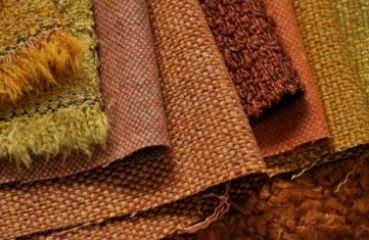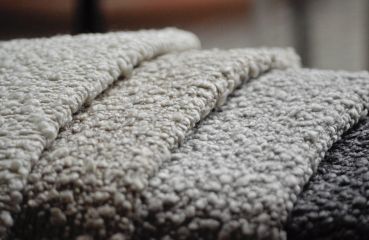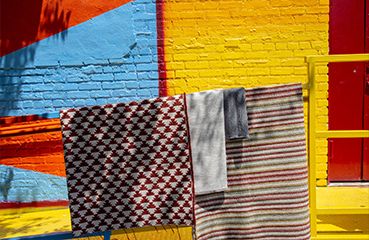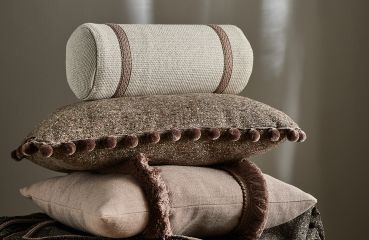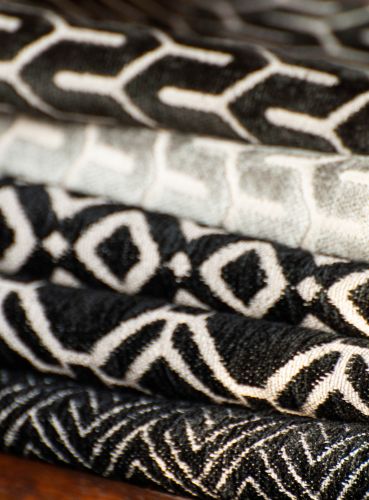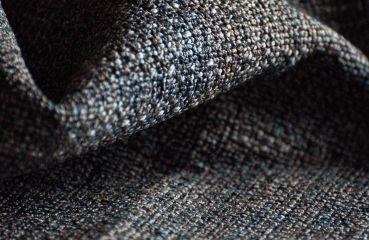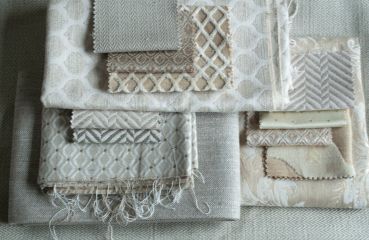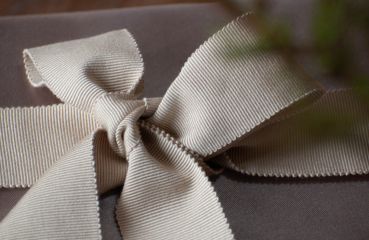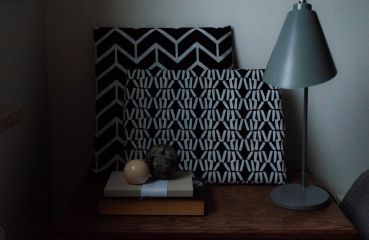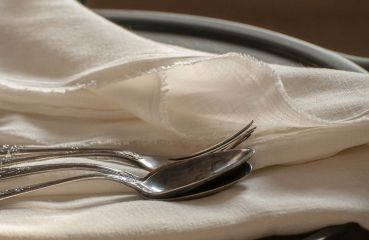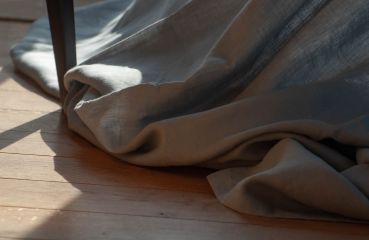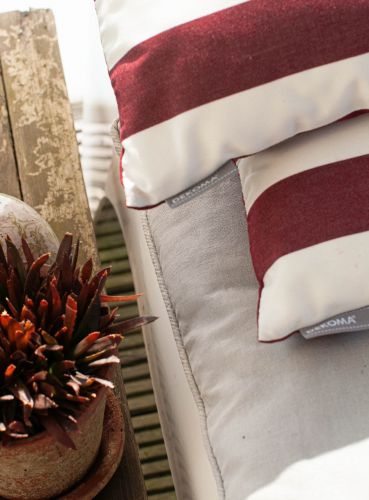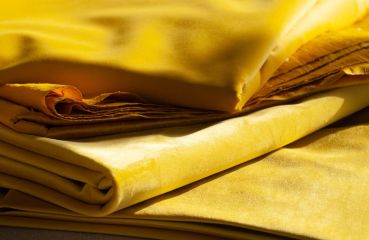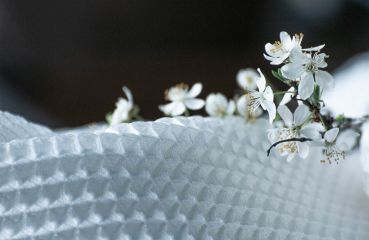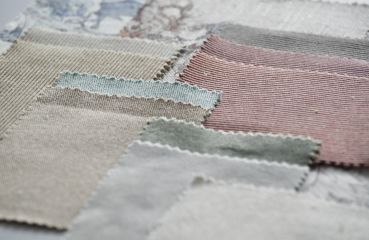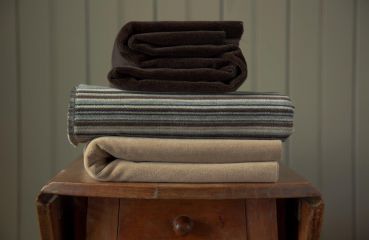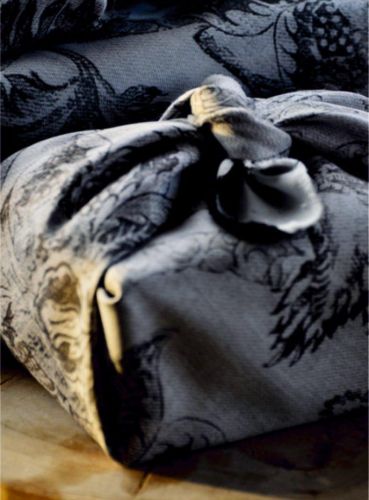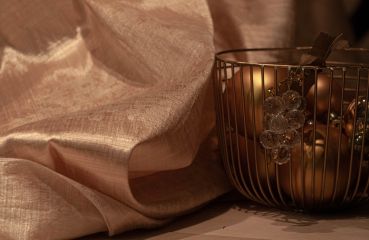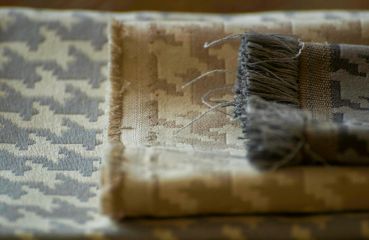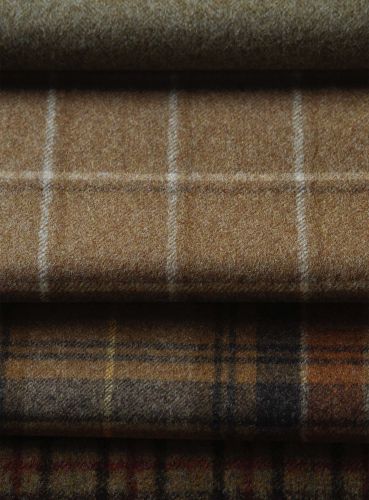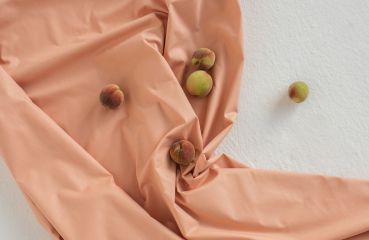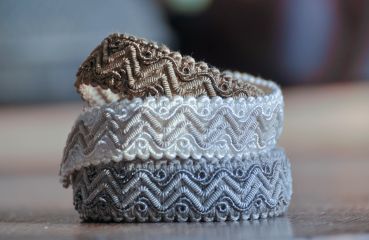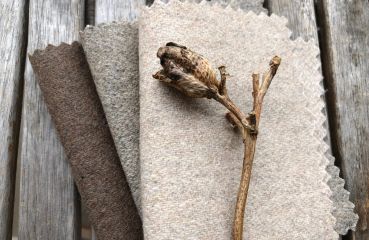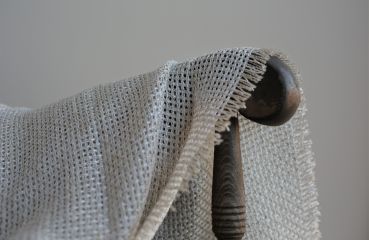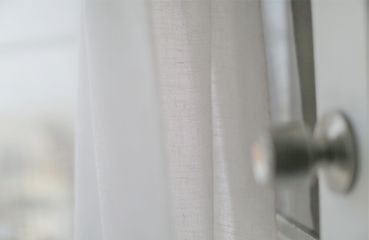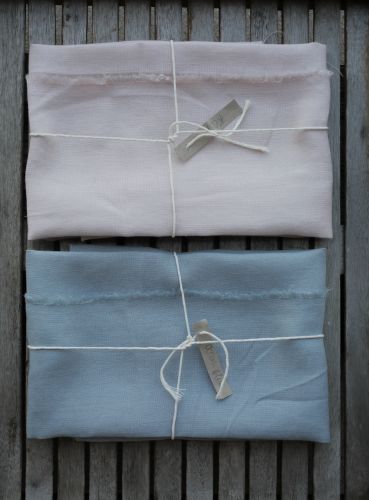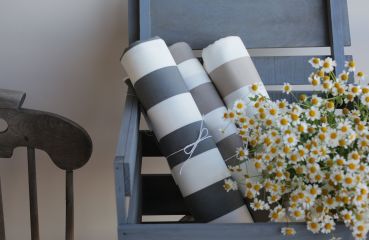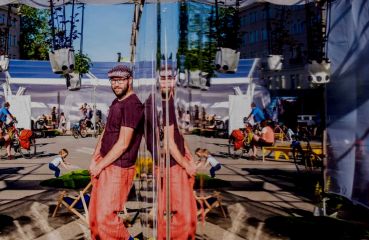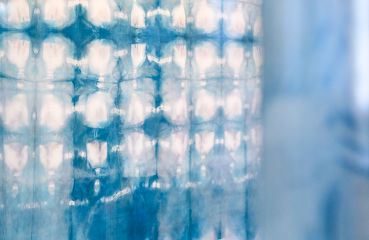ABOUT FABRICS IN THE SPIRIT OF WELLBEING
About the need for safety at home
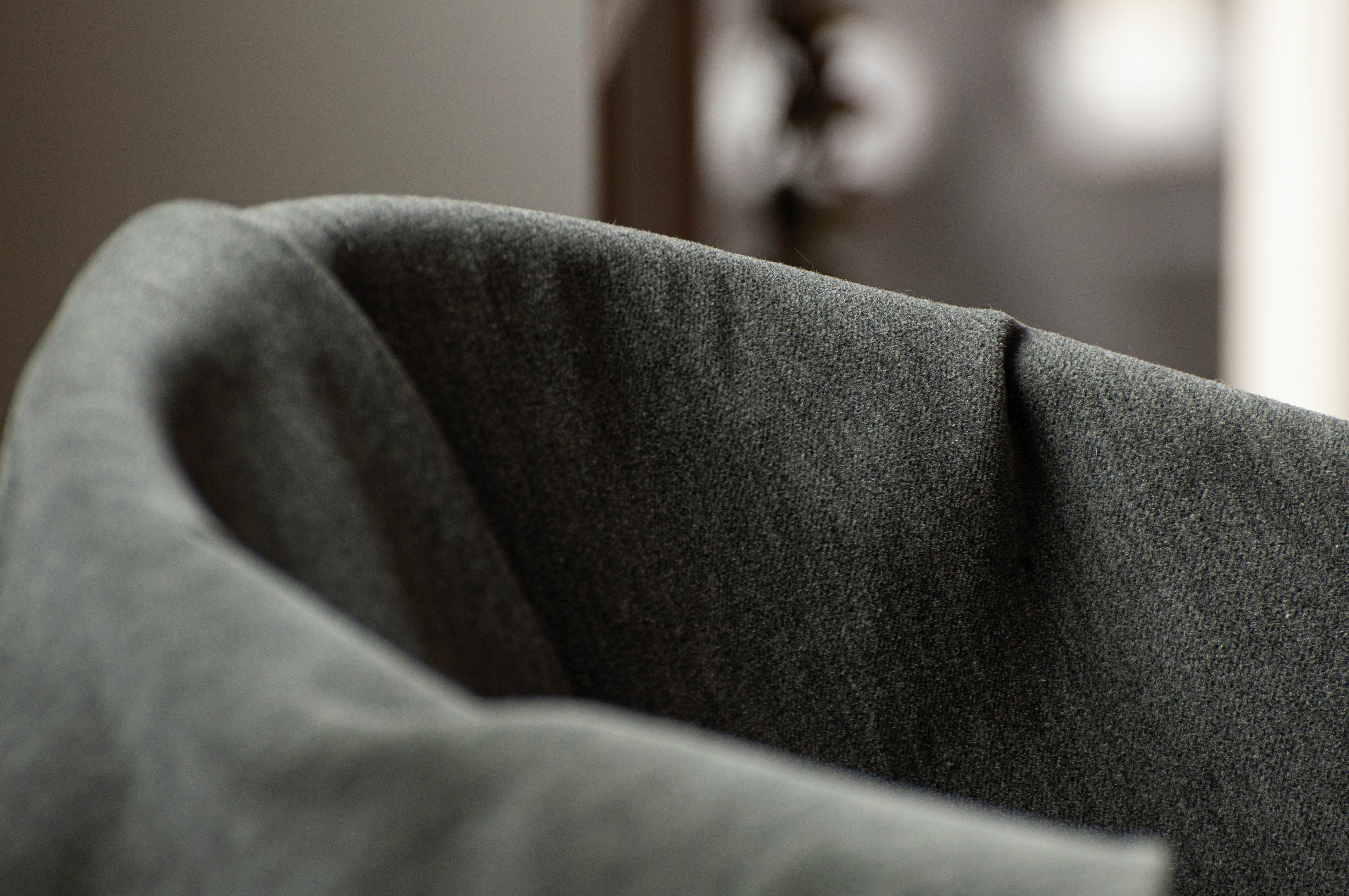
The contemporary design is becoming more and more human-oriented. At the centre of its interests are people with all their values, problems and limitations resulting from the challenges of everyday life. According to a holistic vision of the world and the principles of human economy, it is the care for the human being (treated as a whole) and his or her needs that sets the trends and main directions for development.

In the face of recent global events, it is not surprising that the sense of safety has become the absolute, dominant need for us as consumers. We spend more time at home, which raises our expectations in relation to the furniture, devices, functional solutions and, last but not least, the very materials.
Our need to buy good quality goods, which make us feel that safe, has never been stronger. We want them to be beneficial for our health, support our good habits, as well as enrich our interiors and make them comfortable in every respect.
According to the latest research, we also declare the willingness to buy from vendors who care about sustainable development and are socially responsible.
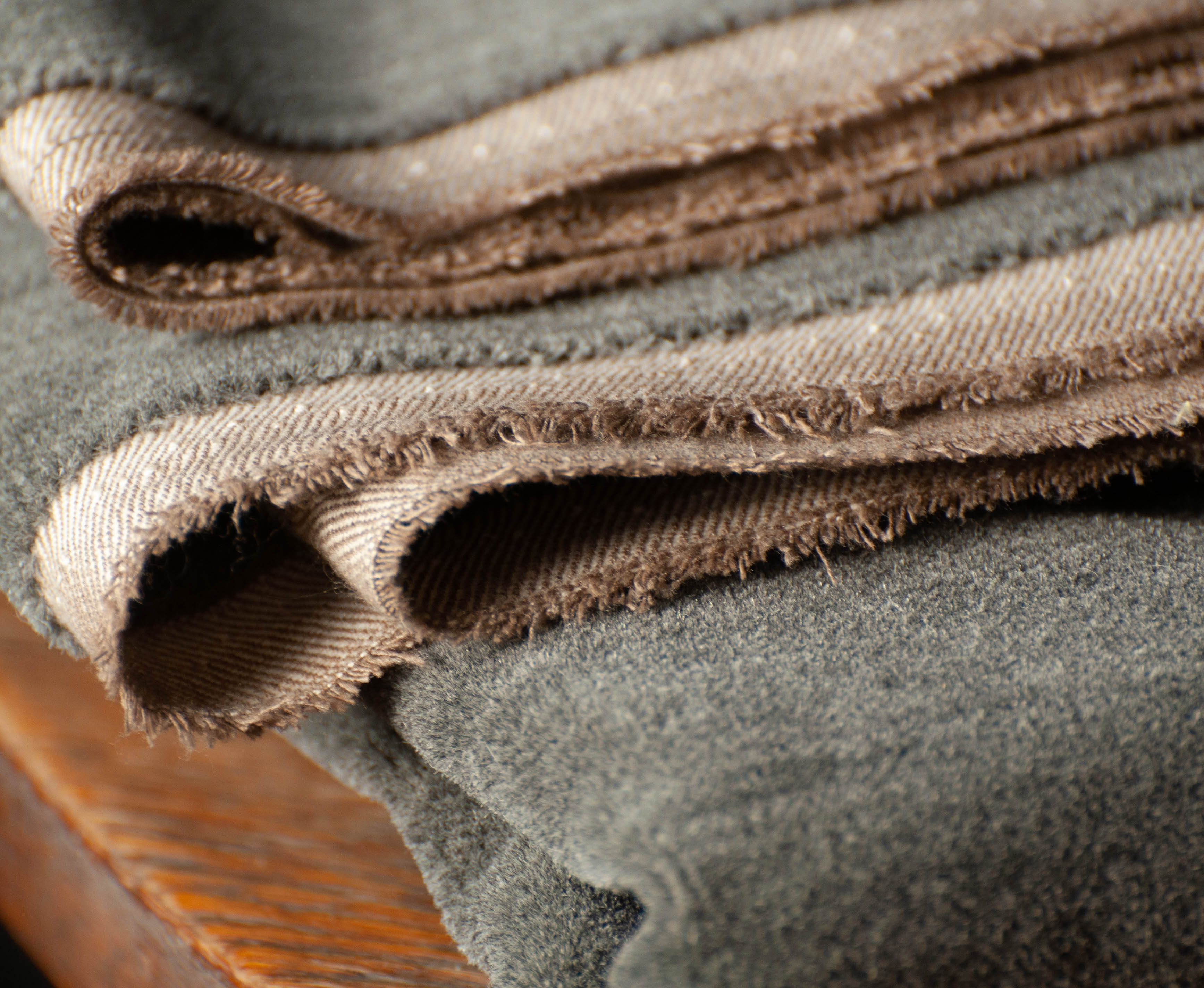
Wellbeing, i.e. feeling contented in an interior
In this spirit, wellbeing in the domestic space, understood as a concern for our contentment, seems to be gaining importance. Home, treated as the centre of a good, priceless rest and relaxation, with all the increasingly appreciated daily rituals, gradually becomes a mindfully equipped temple.
A whole range of sensory experiences is provided by carefully selected, high-quality materials, with fabrics and household textiles certainly leading the way.
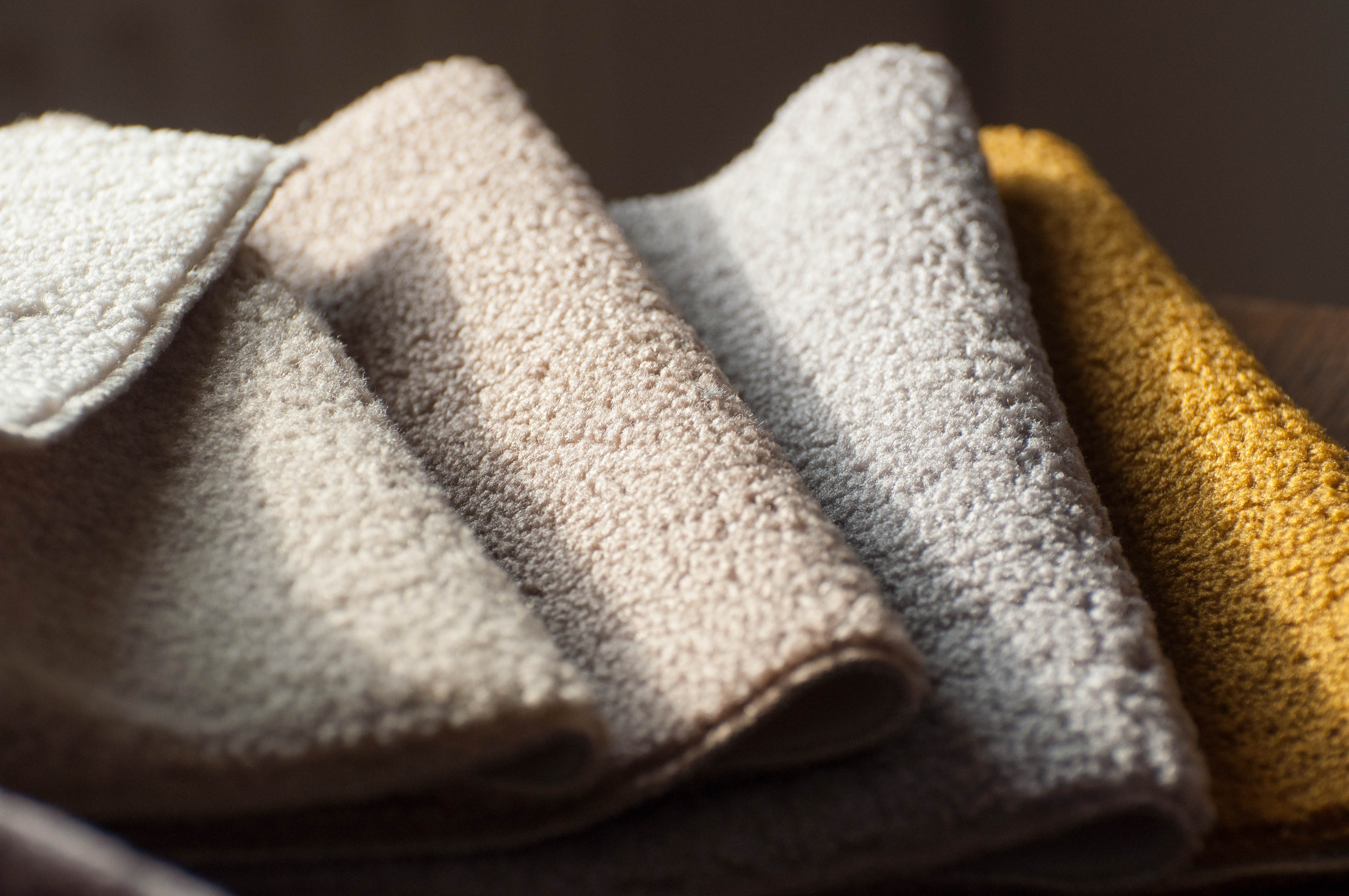
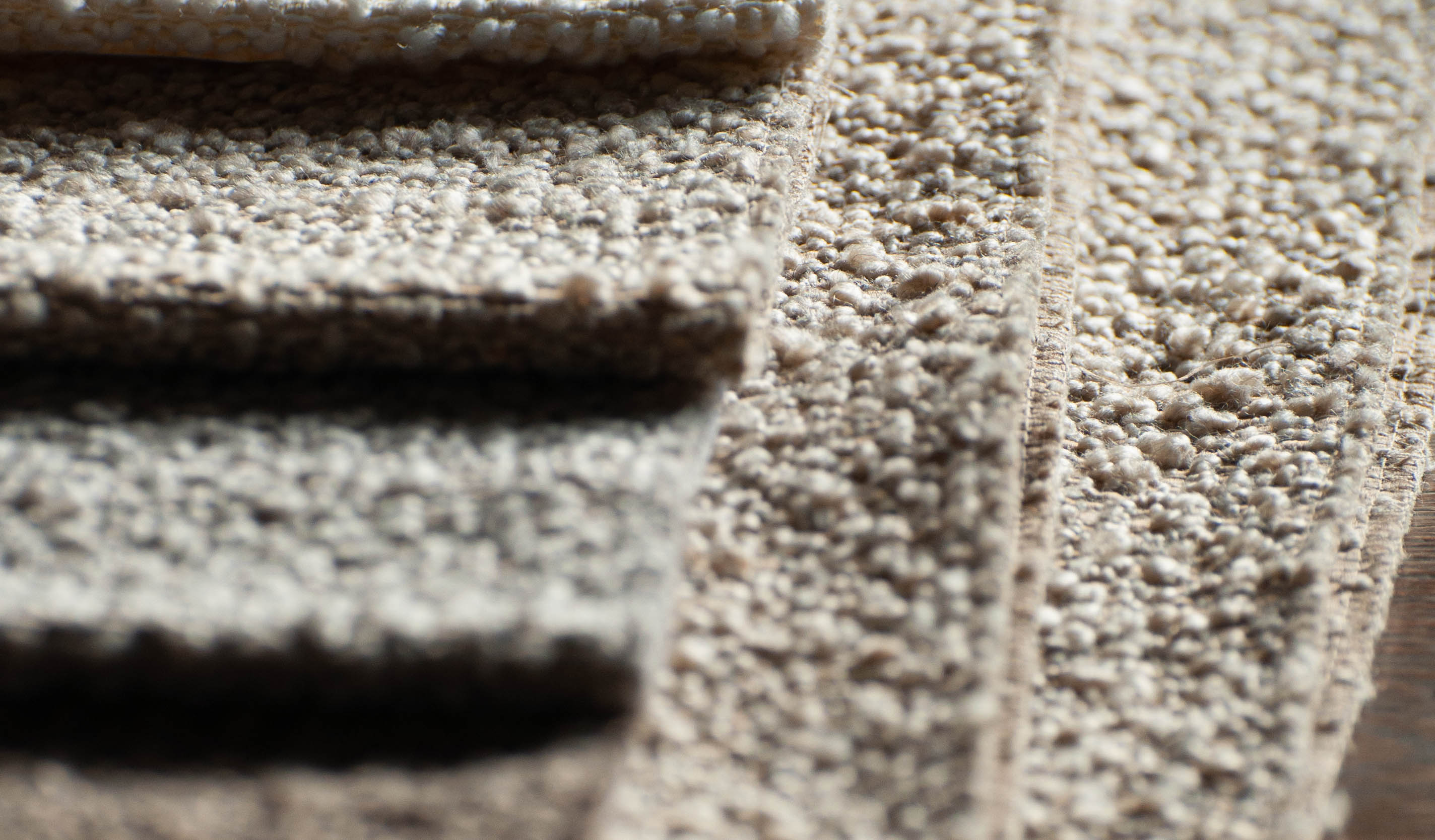
In line with the new trends, home is becoming a private spa space with an extensive and comfortably equipped area dedicated to cultivating body-strengthening habits, bathing rituals, and unique self-care experiences.
The hygiene of sleep and sleep-conducive environment takes the form of a new type of self-care, which until recently has been underrated. Its principles state that a comfortable bed, together with the entire textile entourage, becomes more of a place than a piece of furniture, a space that is priceless and most important at home.
All everyday rituals require natural, pleasant-to-the-touch, cosy, and good-quality materials that promote rest and sensual relaxation.
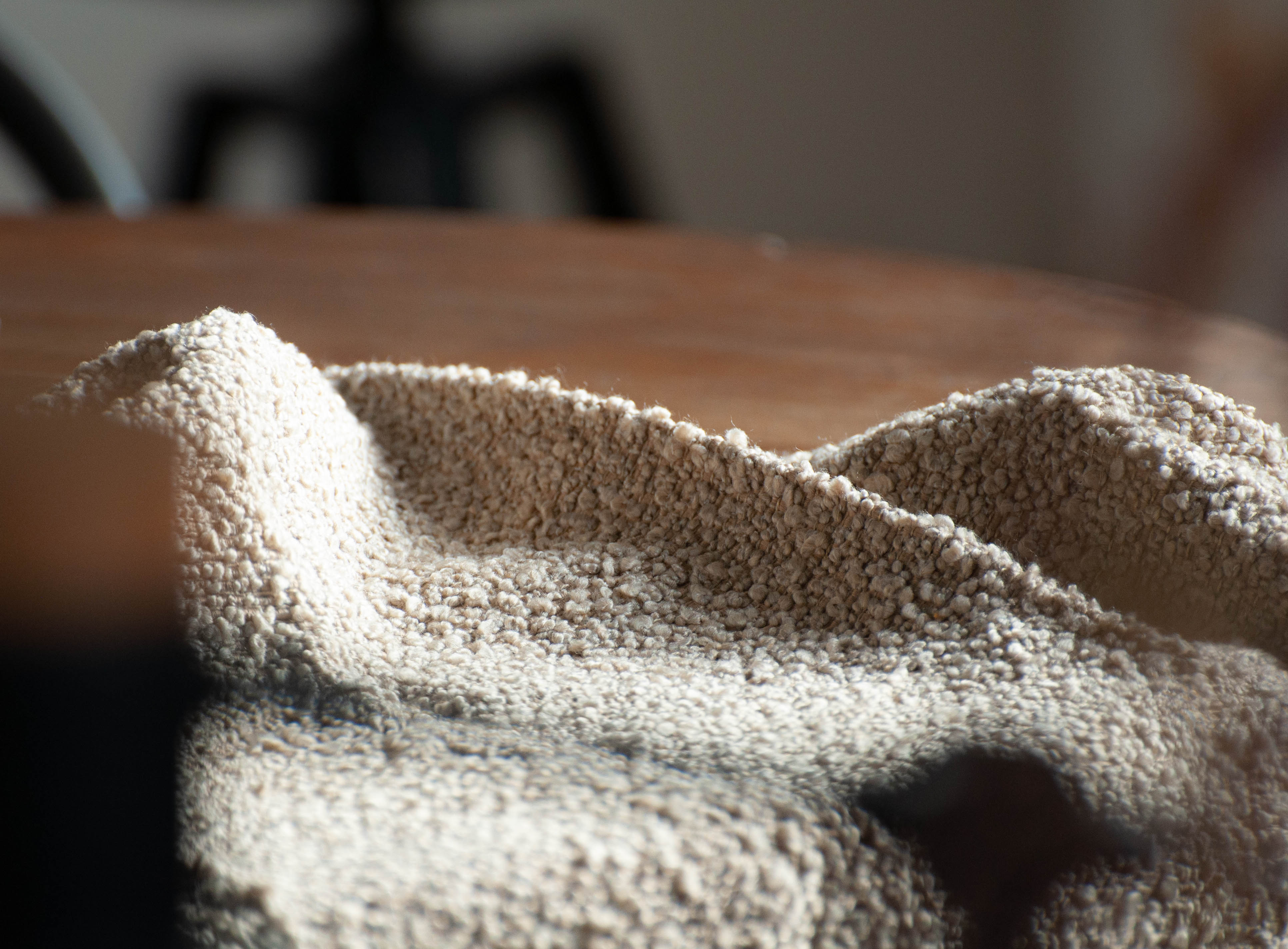
Inherent in this trend is a need for contact with nature and spending time outdoors, which makes the textures and colours of all appliances and carefully selected accessories reminiscent of nature and authentic landscapes. Subdued, often dimmed, mineral and organic colour palettes of all contemporary materials convey calmness and natural balance.
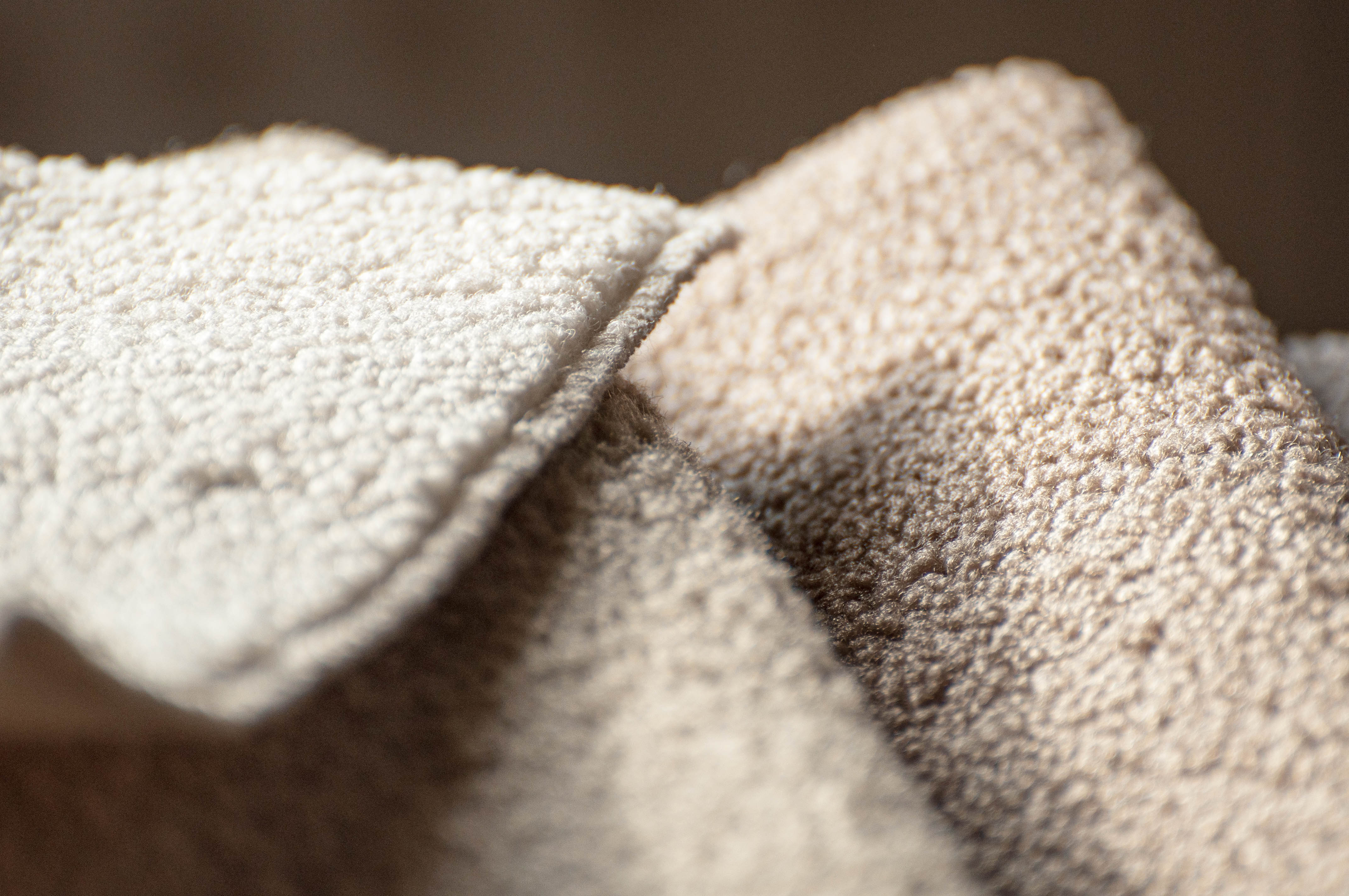
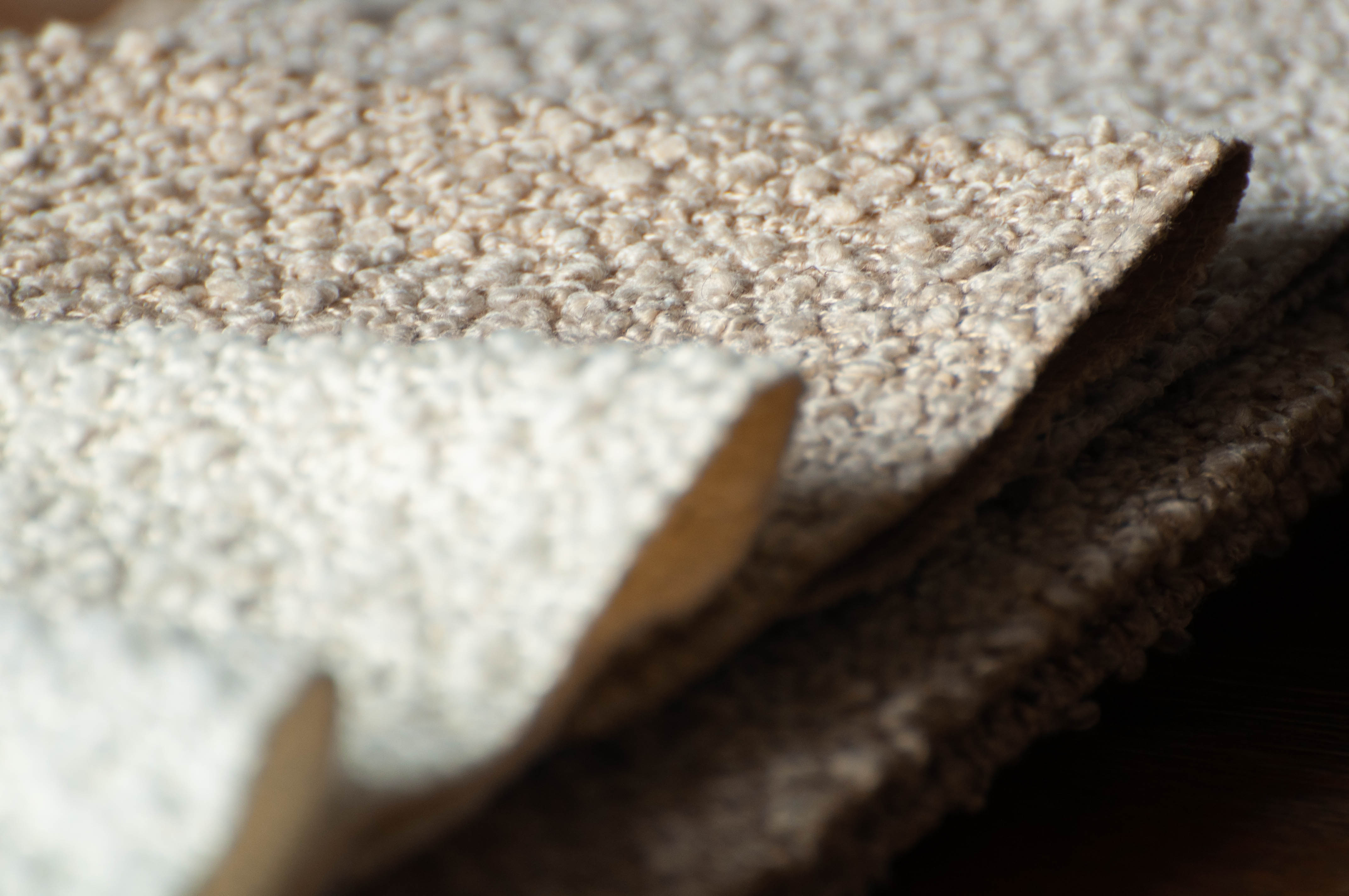
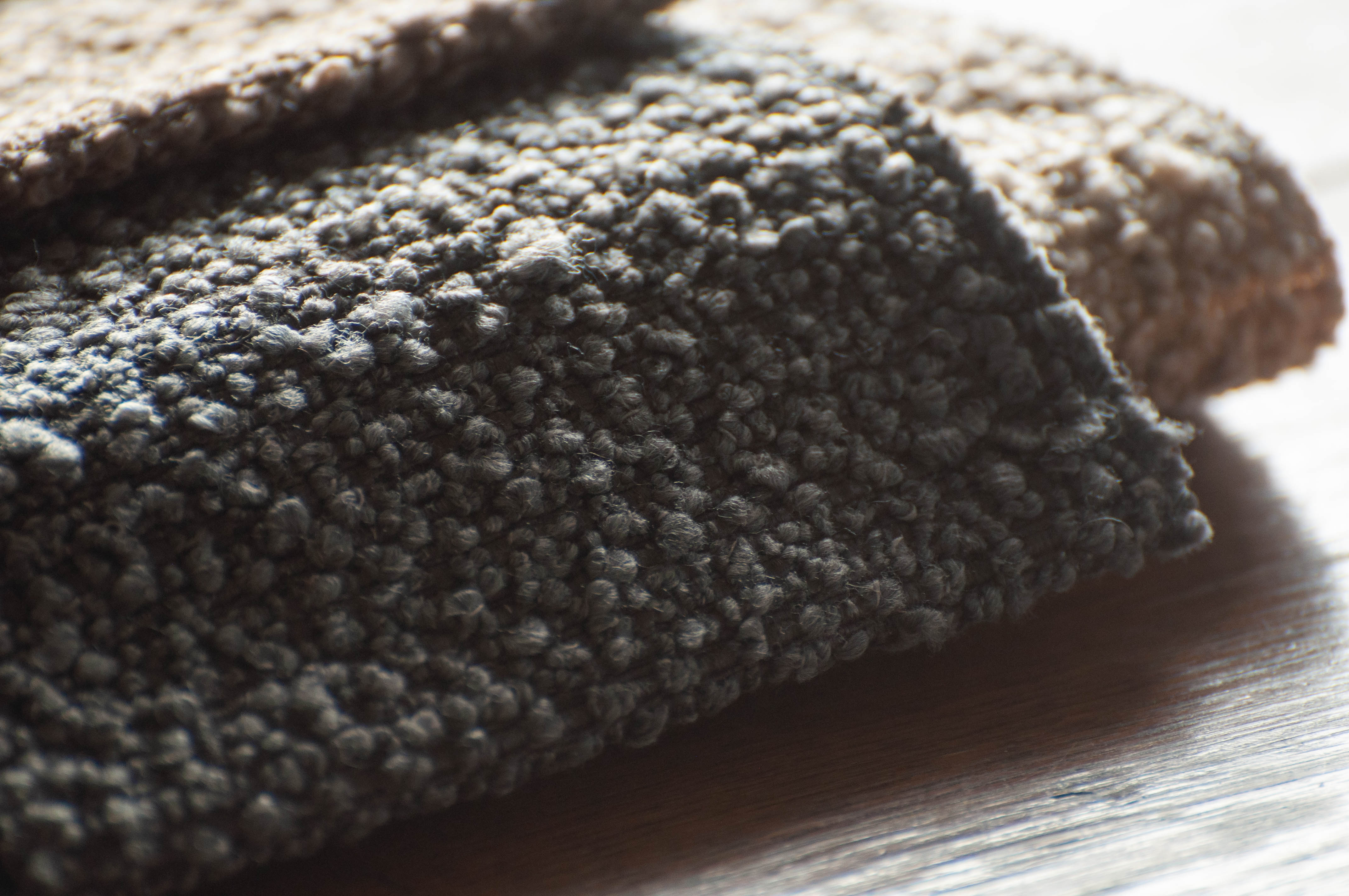
The renaissance of the concept of comfort
The word “comfort” denotes physical wellbeing that gives you a feeling of pleasure. Until recently, comfort has been associated with luxury and meant access to goods which were often unattainable for ordinary people and whose value stemmed from the precious metals or expensive materials used.
Today, comfort is associated with psychophysical wellbeing, which provides us with quality rest, contact with nature, good health guaranteed by fresh, high-quality food, and a safe space conducive to relaxation.
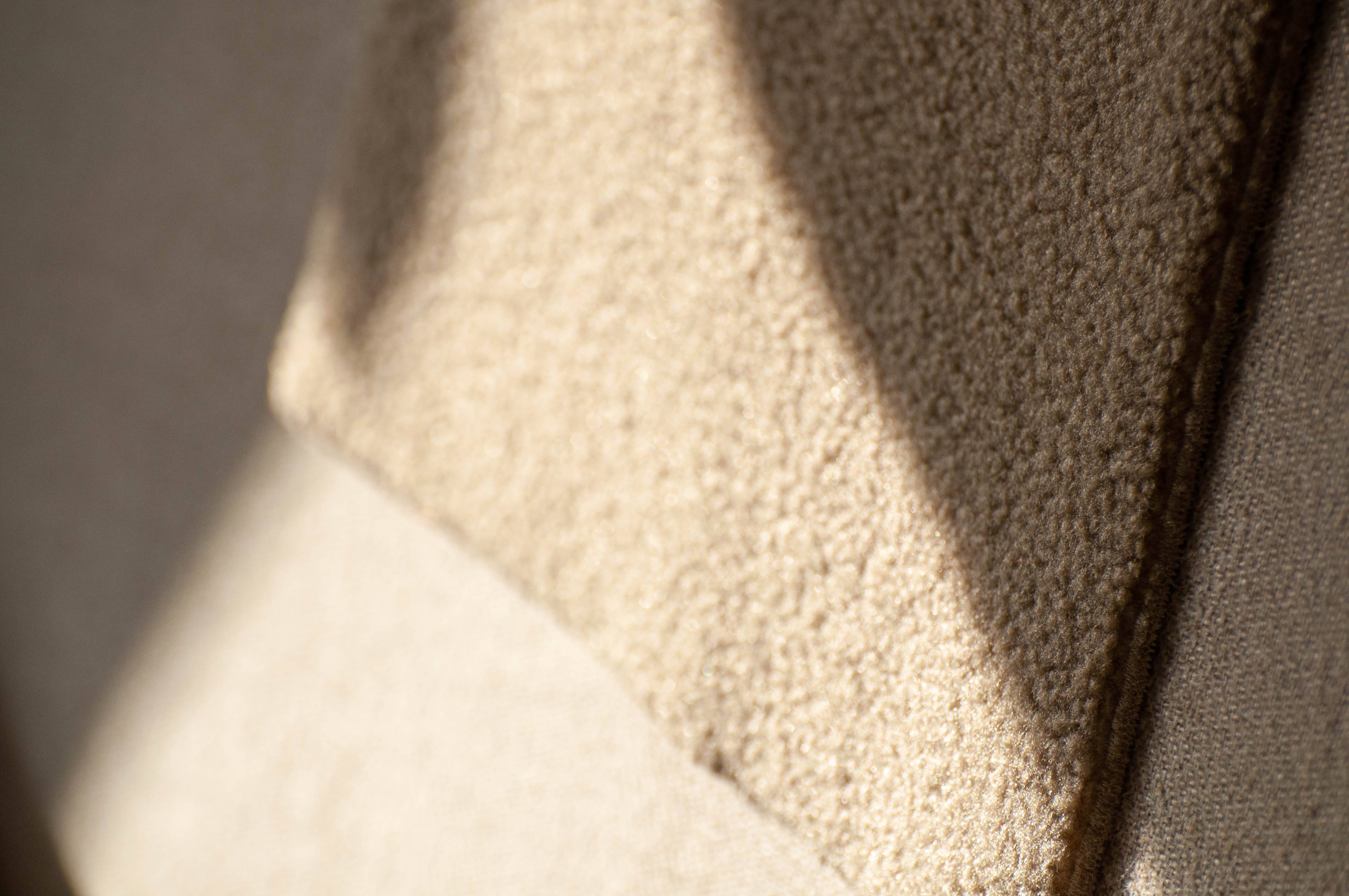
The reality bursting with stimuli and ubiquitous technology has made the need for privacy and relaxation one of the main priorities in our everyday life.
Mental health has been in the spotlight for some time, and the negative effects of the pandemic have certainly only reinforced this trend.
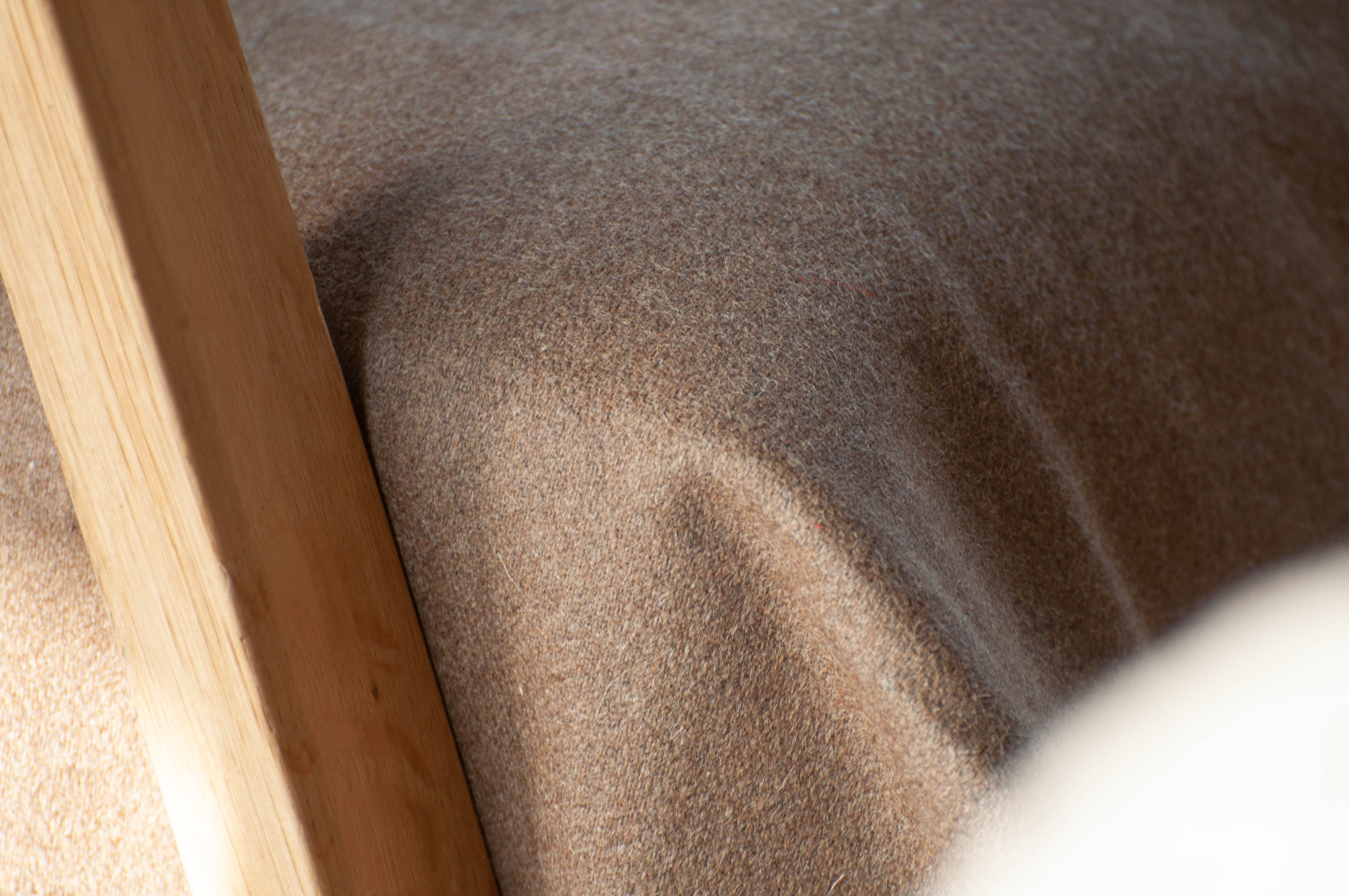
Despite numerous challenges, home – with its protective and nurturing aspect - has become a safe haven in the times of the pandemic.
In the pursuit of balance, we have turned to solutions offered by the broadly understood ecological trend. Searching for ways to cope with stress in harmony with the strong need for silence and relaxation, we have reached for natural materials that soothe our senses with their natural textures and colours. This is because psychophysical hygiene is promoted by pleasant-to-the-touch, nice, warm textiles, which we are in contact with while doing our daily activities or simply relaxing.
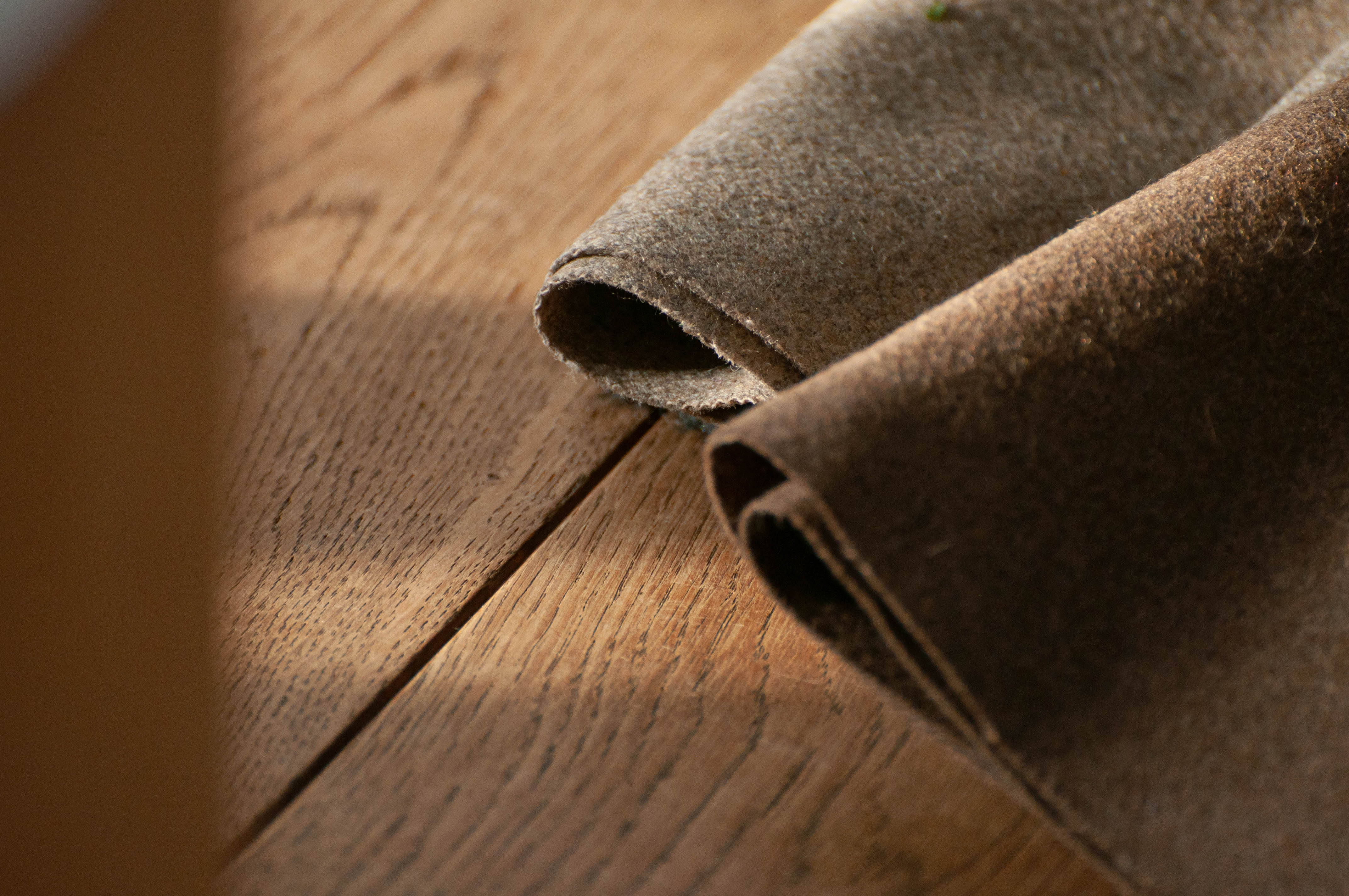
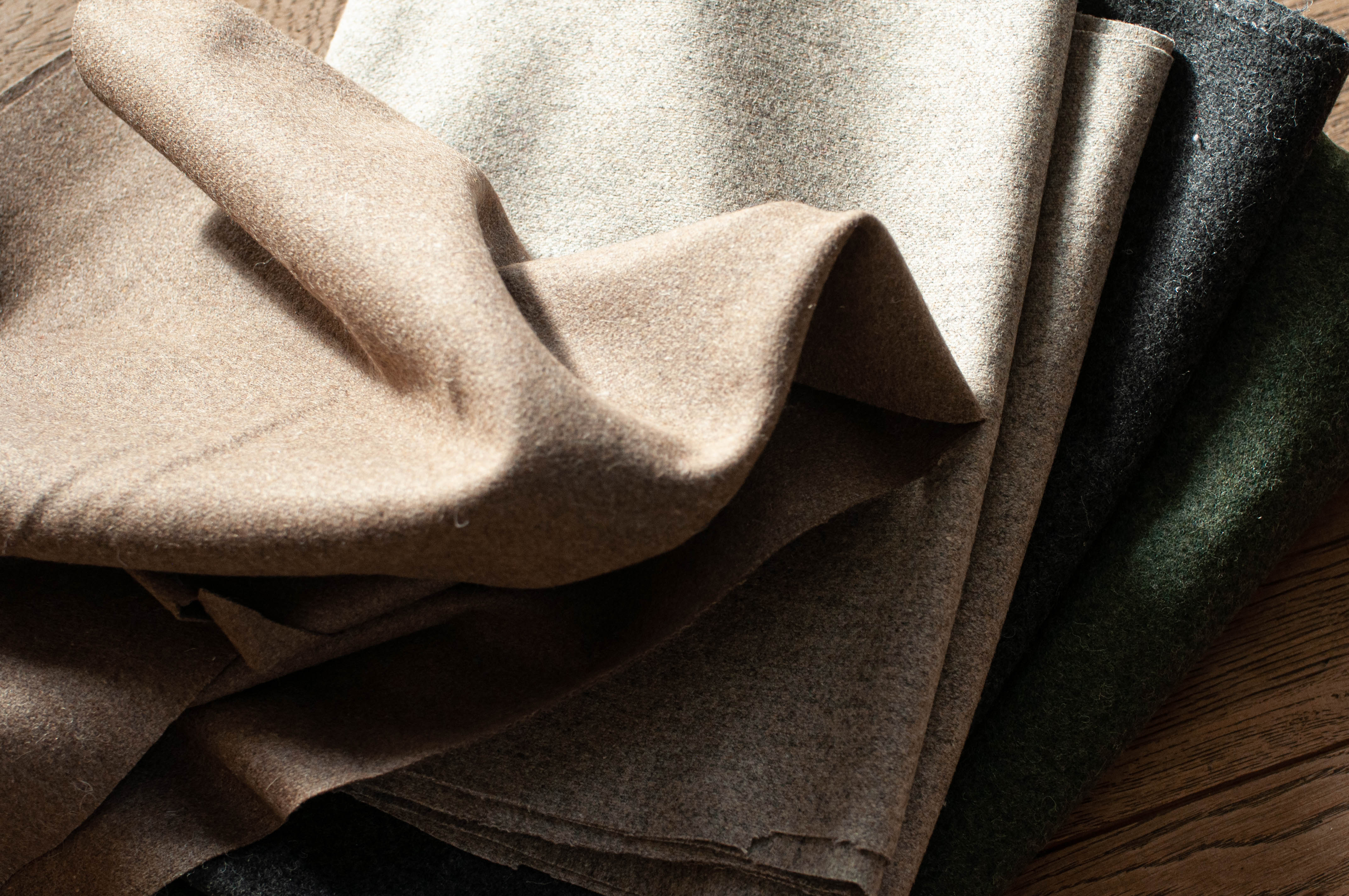
The current awareness of domestic space users, i.e. all of us, is growing every day. There is no doubt that the comfort of everyday life is increased by equipment and devices that help fight stress, systems supporting air filtration, soundproofing panels and walls, aromatherapy, meditation, affirmations, as well as high-quality materials or textiles. Let us choose them consciously and use them wisely to enjoy a better quality of life.
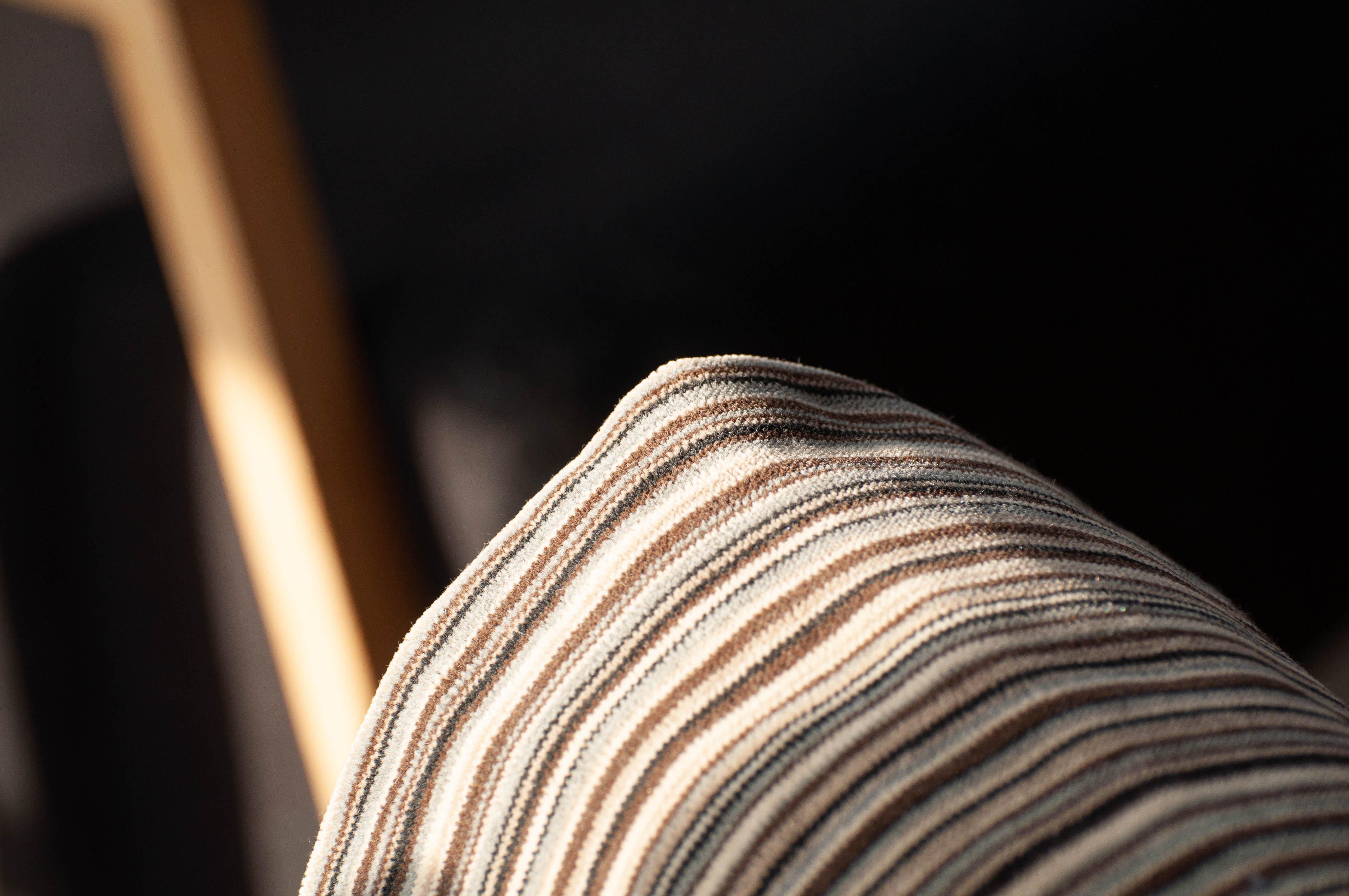
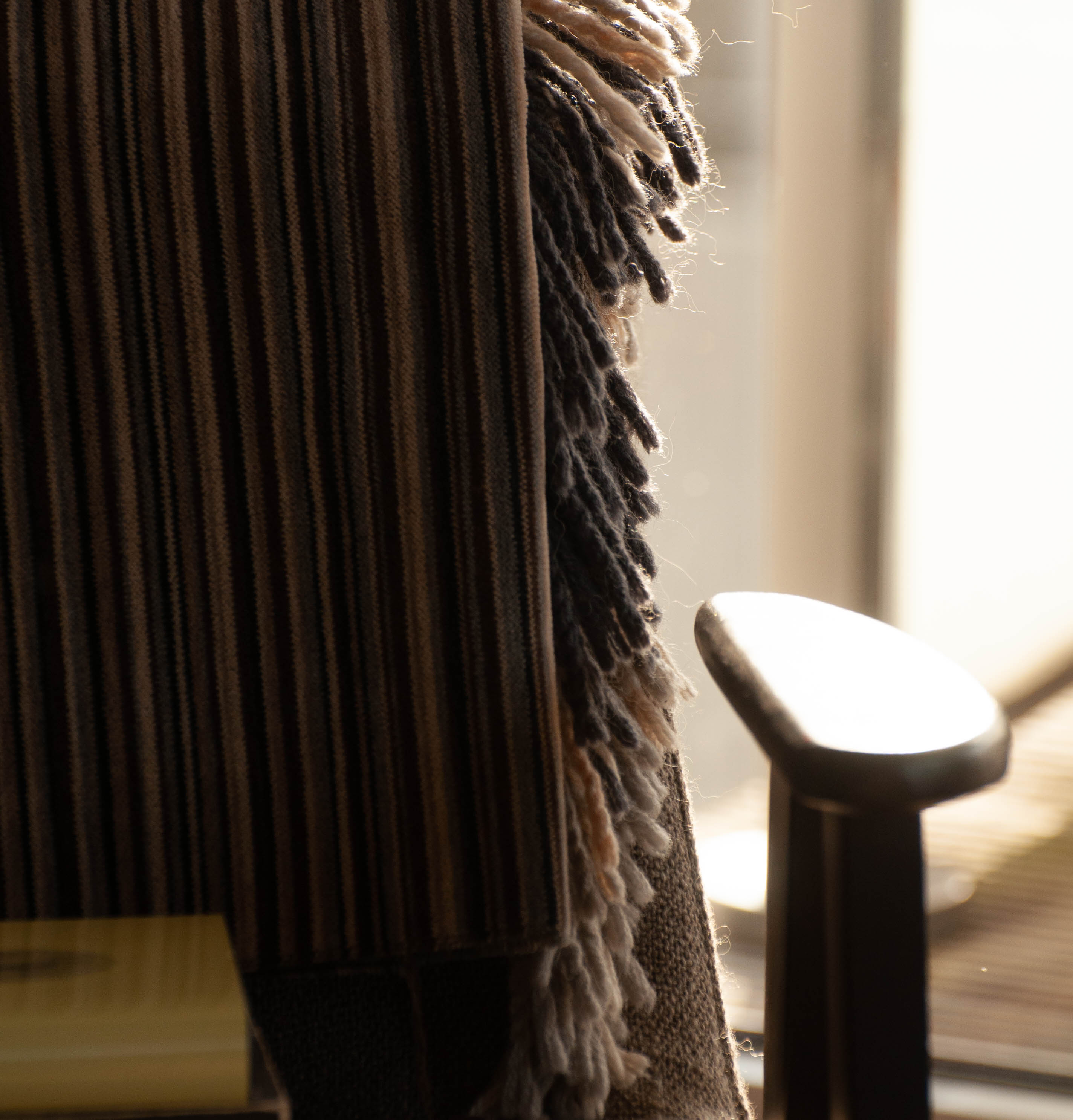
Fabrics from the Dekoma collection featured in the session:
Sheep, lamb, golden fleece. People have been breeding sheep for thousands of years and using their skins to make clothes and shoes. The sheep's fleece is durable, dense and thick, providing perfect protection against cold. It is an almost archetypal symbol of warmth and protection: coachman's coat, pilot's jacket, sheepskins lying on stone floors and hard, oak benches in ancient castles. The Agnello collection of upholstery fabrics evokes all these associations that have accumulated in our consciousness since the domestication of sheep.
Alba is a trendy bouclé furniture fabric with characteristic, large, irregular loops. The combination of expressive texture and subdued, natural colours (warm shades of white, beige, grey, graphite) allows for creating surprising texture contrasts in monochrome interiors inspired by earth tones. Alba looks particularly impressive on furniture with slightly curved or simple forms, without quilting or stitching – it is sufficiently interesting in itself and does not require additional upholstery treatments.
A collection of melange furniture fabrics made of Peruvian lama fleece. They are naturally flame-retardant and come in a range of noble natural colours, from grey to brown, following the natural colour of the animals’ wool. They have good anti-static properties thanks to their natural moisture content (up to 30%), and are naturally resistant to stains and wear. Apart from the plain Alpaca fabric, the collection also features Alpaca Stripes, with a pattern comprising all the colours of its plain counterpart.
A noble, thick woollen fabric recommended for upholstery, but also suitable for decoration. It has good technical parameters and is naturally flame-retardant, as proven in the cigarette and match tests in accordance with British flame retardancy standards. Available in a range of 40 beautiful colours, including both natural colours (earth, grass, stone), classic neutral shades (beige, brown, cream and grey), and vibrant, deep colours not commonly found in wool fabrics: fuchsia, plum, aubergine, and emerald green.
Photo-session for Dekoma.
Creative idea, text, photographs and styling MBBM Studio.

